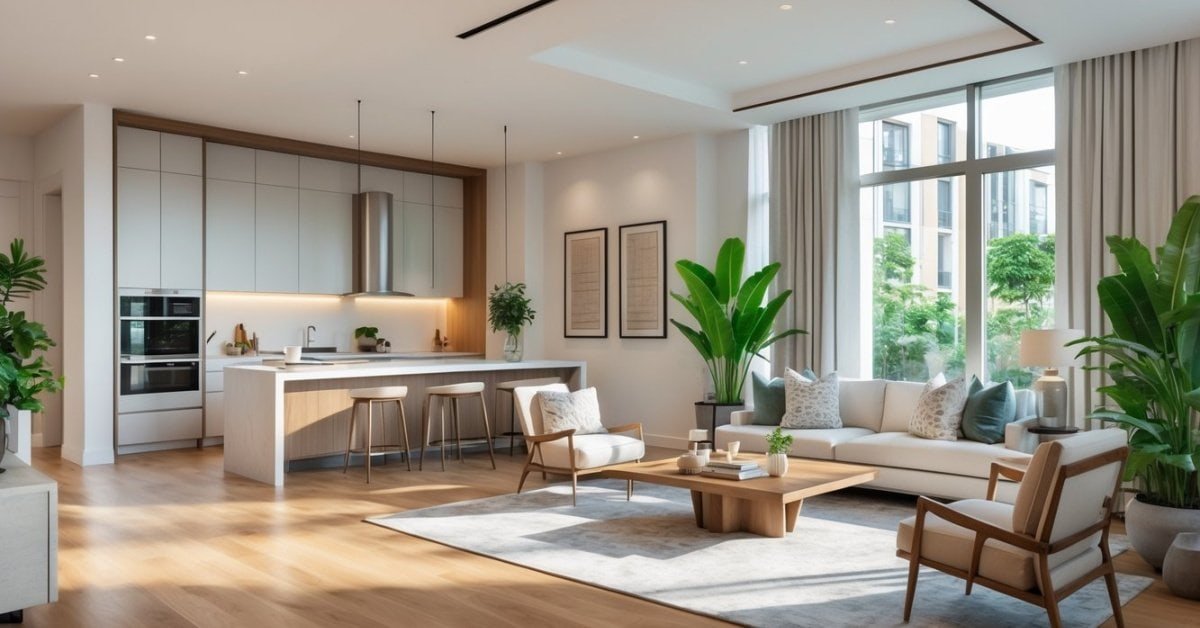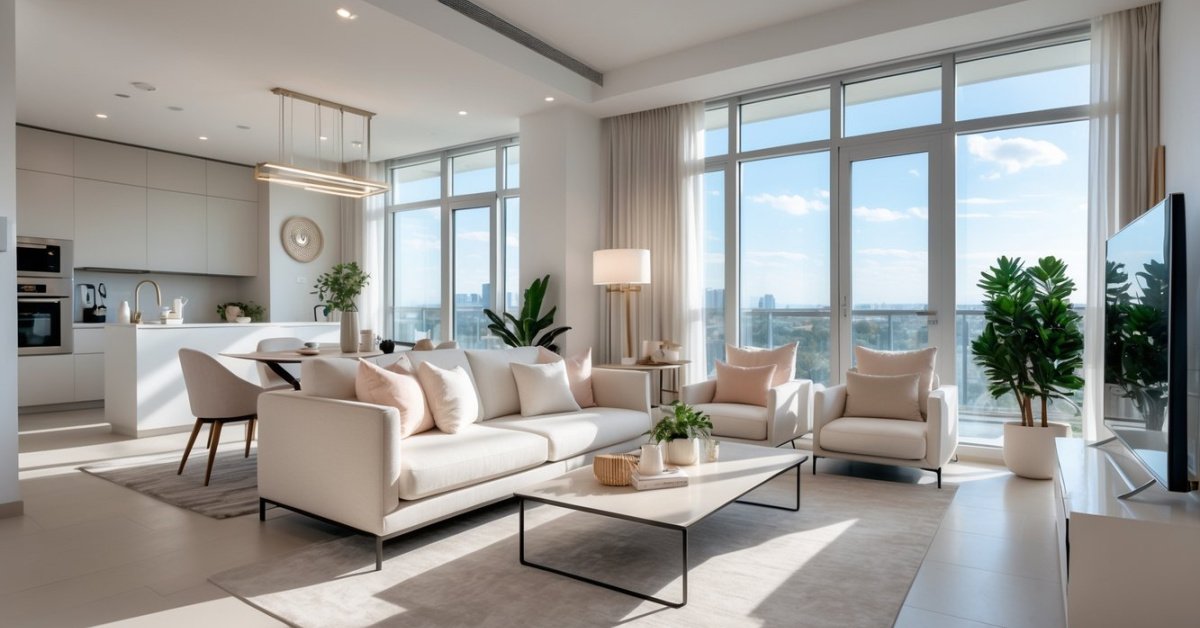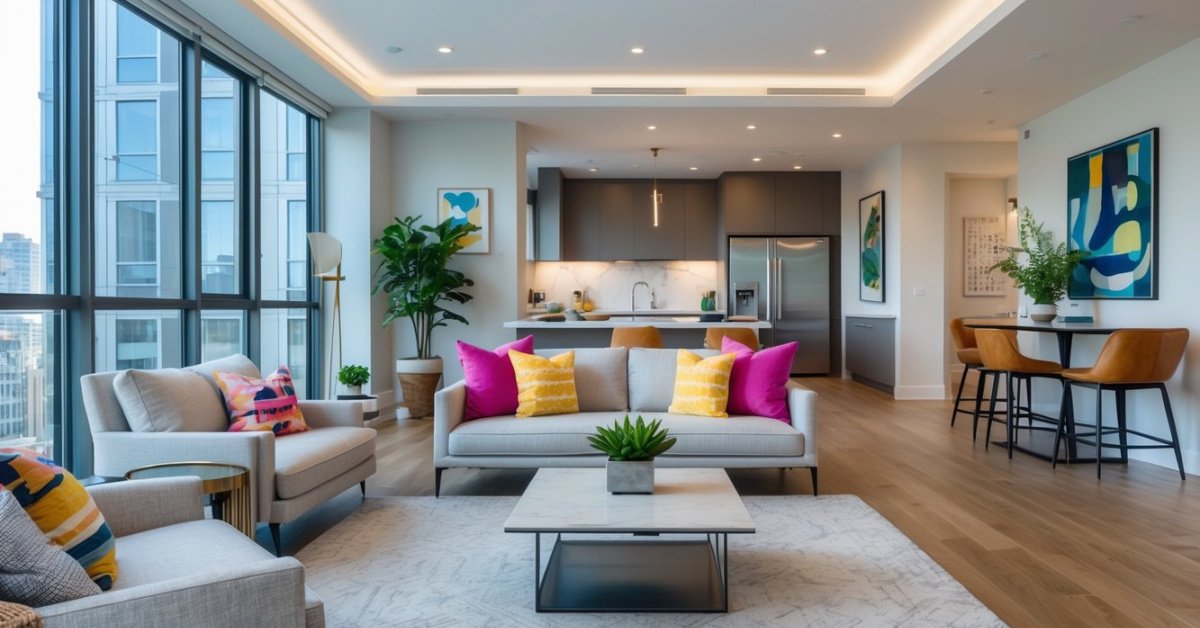Key Takeaways
- Maximize book storage in small apartments by utilizing vertical space with floating shelves, wall-mounted units, and over-door shelving to keep collections organized and accessible.
- Incorporate multi-purpose furniture, such as benches with hidden compartments and storage ottomans, to add functionality and reduce clutter without sacrificing style.
- Use under-bed storage and shallow bins to make the most of unused space while keeping books safe from dust and damage.
- Sort and declutter collections regularly, donating unused books, and organize remaining titles to maintain a manageable, tidy environment.
- Protect books from humidity, sunlight, and pests by maintaining airflow, using moisture-resistant liners, and avoiding placement on the floor or near direct sunlight.
- Integrate books into your home decor with color-coding, stylish arrangements, and mixed displays to create a cozy, personalized atmosphere without overcrowding your space.
Living in a small apartment hasn’t stopped me from collecting books. There’s something about a well-loved stack of novels or a shelf full of colorful spines that makes any space feel like home. But when every square foot counts, finding a spot for all my favorites can get tricky.
I’ve learned that with a little creativity and some clever storage ideas, I don’t have to give up my book collection or let it take over my living room. It’s all about making the most of what I’ve got and turning even the tiniest corners into a cozy reading nook.
Challenges of Storing Books in a Small Apartment
Maximizing book storage in a small apartment pushes my design skills since every inch counts. Space limits the number of traditional bookcases I can install, with the average one-bedroom apartment offering under 700 square feet (National Apartment Association). Built-in shelves, vertical storage, and floating wall units become essential design elements when open floor area’s tight.
Managing clutter gets tricky with a growing book collection since visible stacks compete with multifunctional pieces—like sleeper sofas and storage ottomans—that clients want for daily living. Light flow affects where I place bookshelves, since tall cases near limited windows can block natural light, making the space feel smaller and darker.
Balancing aesthetics and accessibility often conflicts with storage needs. Open shelving offers a clean look but exposes books to dust and humidity changes, with typical apartment HVAC systems causing wider temperature and moisture swings than in larger homes. I find creative solutions for integrating books into seating areas or hallway nooks when floor space doesn’t allow for extra furniture.
In older apartments, wall conditions or limited wall studs restrict my options for heavier shelving or custom fixtures. Renter restrictions sometimes prevent permanent installations, which means I select modular or easily removable units for flexibility and ease when moving out.
Creative Book Storage Solutions
Finding efficient ways to store books in a compact apartment always excites me as a designer and contractor, especially when every inch matters. I always recommend storage setups that double as decor and bring functionality without cramping your living space.
Floating Shelves and Wall-Mounted Units
Floating shelves and wall-mounted units work best for keeping books neatly displayed and easily accessible in small apartments. I’ve installed vertical shelf arrays above desks, doorways, and beds to make use of untapped wall space. For example, mounting a set of staggered shelves behind a sofa creates a book display without taking away valuable floor area. Modular wall units also allow flexible arrangements—ideal for renters because I can design them to be removed with minimal wall damage. I pay close attention to wall type and mounting hardware, using anchors rated at least 50 lbs for plaster or drywall to keep everything secure without overburdening older apartment walls.
Multi-Purpose Furniture with Storage
Multi-purpose furniture with built-in storage changes how a space functions. I’ve designed custom benches with lift-up seats that hide hardcovers or coffee tables with sliding drawers for paperbacks. Storage ottomans and platform beds with pull-out compartments also maximize capacity. Clients love mid-century bookcase headboards that provide nighttime access to favorites. When I flip apartments, I often choose furniture pieces with open cubbies or concealed drawers that blend into the room, making it easy to balance accessible storage with a cohesive design.
Under-Bed and Over-Door Storage Ideas
Under-bed and over-door storage spots free up floor space and keep books out of sight without reducing accessibility. I always measure bed clearance and recommend shallow wheeled bins (6″-8″ high) for easy retrieval and dust protection. Hanging organizers over closet or entry doors can support lightweight paperbacks or children’s books—these options suit renters since they don’t require permanent installation. I also install custom shelving above doors, turning an unused upper wall into bonus storage, great for collectibles or less-used titles.
Organizing and Protecting Your Book Collection
As a contractor and designer, I always focus on two goals when storing books in small apartments: keeping the collection organized and preventing damage from cramped conditions.
Sorting and Decluttering Your Books
First, I recommend sorting books by type, purpose, or sentimental value. I create piles for reference books, decorative volumes, and reads I revisit often. I use labeled bins or baskets for temporary storage before they reach their final shelf. I advise clients to let go of duplicate titles and books that no longer fit their design or lifestyle needs. I always suggest donating gently-used books to local libraries or schools, especially when space is tight.
Best Practices for Preserving Books in Tight Spaces
I always place books upright with spines exposed to maximize airflow, limiting mold and dust buildup in smaller areas. I avoid stacking piles on the floor since direct contact attracts moisture and pests. I often line shelves with removable, moisture-resistant liners or felt pads to buffer against potential leaks or humidity from exterior walls. I recommend using UV-filtering window film or moving shelves away from sunlit windows, since direct sunlight fades covers and weakens bindings fast. I always leave a small gap between the back of the books and the wall for better air circulation, especially in older buildings where dampness can be an issue. For collections with fragile or antique volumes, I use transparent bins with latching lids and silica gel packets to keep moisture at bay without sacrificing visibility.
Stylish Ways to Display Books Without Clutter
Small apartments let me get creative as both a contractor and designer, especially when books are key to the personality of a space. I focus on letting collections shine while keeping layouts functional and free of excess.
Decorative Book Arrangements
Color-coding creates a unified look for shelved books by arranging spines by hue, which turns a practical collection into a bold design feature. Stacking several books horizontally on floating shelves or built-in ledges adds texture and visual breaks—ideal for tight nooks above a reading bench or along a hallway wall. Grouping hardcovers with decorative objects like mini vases, small sculptures, or framed prints builds layered vignettes, making every inch of shelving count as display. Leaning a few standout coffee table books against the wall on open shelving creates a gallery effect, especially if I’m highlighting rare finds or design volumes.
Incorporating Books into Home Decor
Floating shelves above sofas and doorways keep books within reach and double as art, balancing storage without crowding prime floor space. Custom headboards or banquettes with built-in cubbies work well in compact bedrooms or living areas, letting books pull double duty as both literary collection and softening accent. Window ledges or radiator covers with reinforced tops offer bonus locations for stylish stacks, maximizing unused surfaces without blocking light. I swap out standard side tables for sturdy storage stools or trunks, using thrifted trunks or vintage crates as display surfaces for featured books and smaller accessories. If I want to add visual height, tower-style arrangements with open cubby units or vertical etagere shelves showcase many volumes without dominating a single wall, adding a dynamic architectural feel even in rentals.
Conclusion
Living in a small apartment hasn’t stopped me from enjoying my love of books. With a bit of creativity and a willingness to experiment I’ve found that even the tiniest spaces can become cozy and functional libraries. Every book has its place and each storage solution adds a bit of personality to my home.
If you’re facing the same challenge don’t be afraid to try new ideas and make the most of what you have. Your collection can thrive no matter the size of your space.





